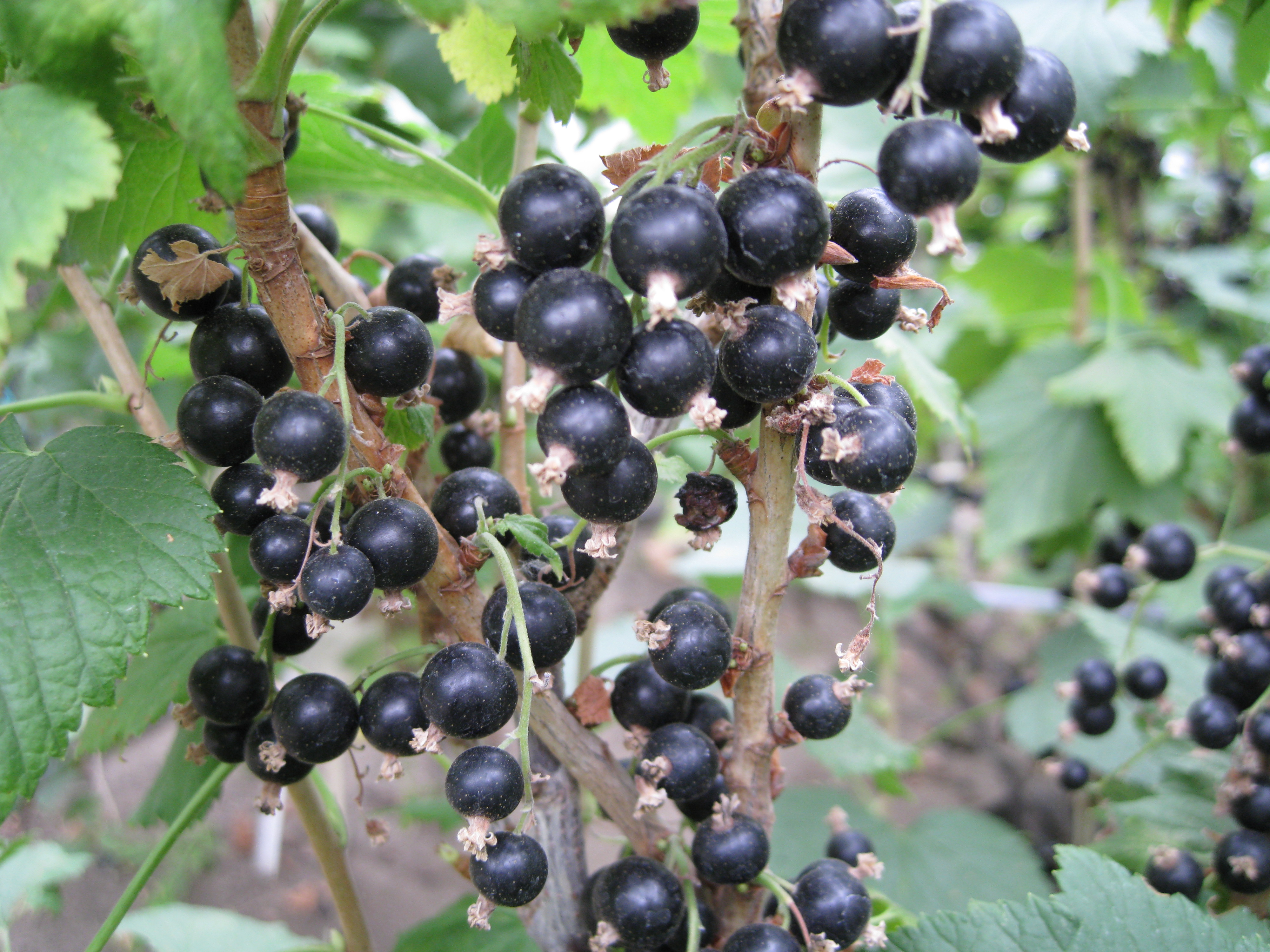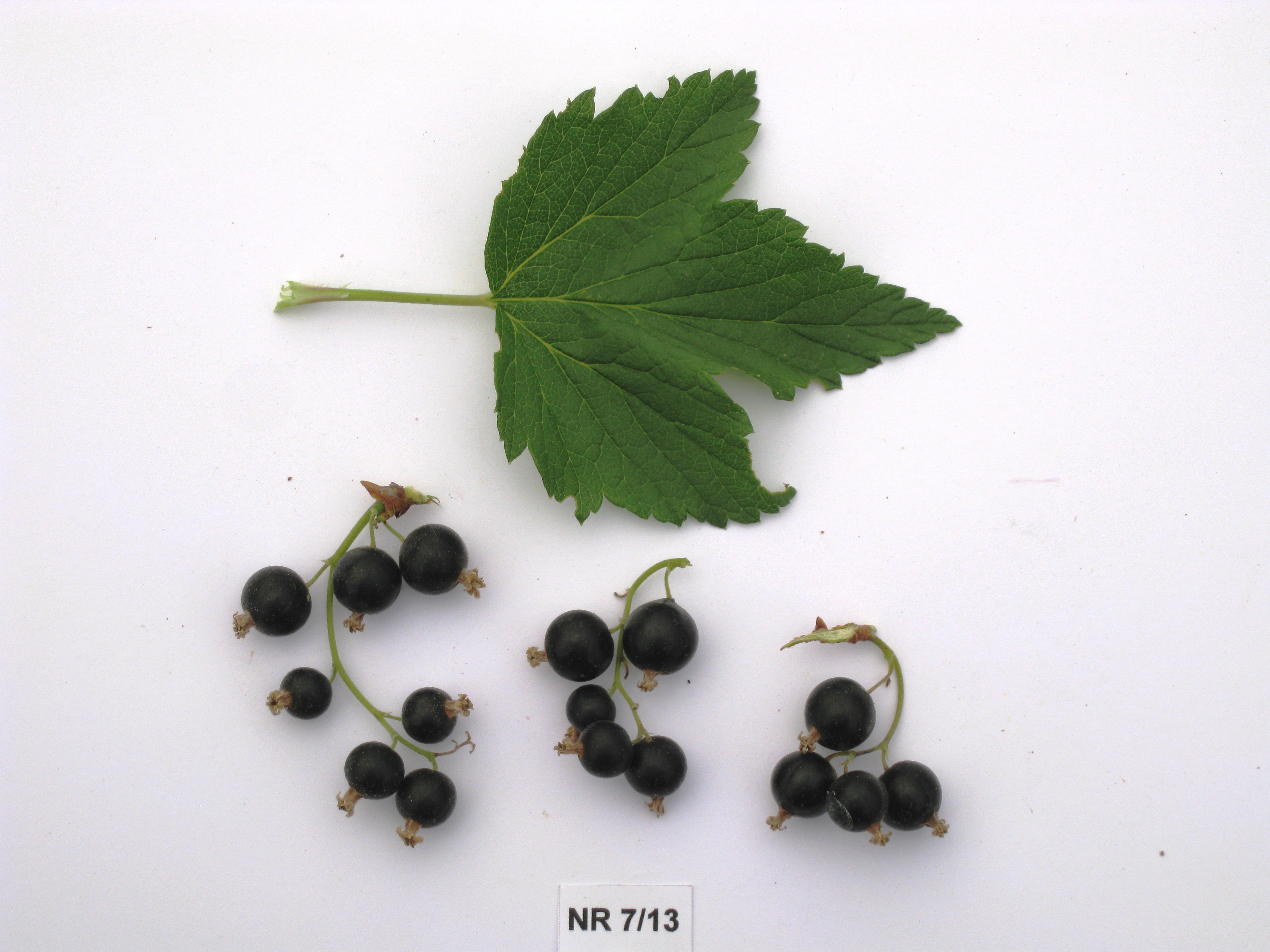Polares
| Denomination: | 'Polares' |
|---|---|
| Botanical Name: | Ribes nigrum |
| Applicant/Holder: |
Research Institute of Horticulture (Instytut Ogrodnictwa) ul. Konstytucji 3 Maja 1/3, P.O.Box 105 PL 96-100 Skierniewice Poland |
| Breeder: |
Edward Zurawicz, Research Institute of Horticulture (Instytut Ogrodnictwa), Skierniewice, Poland Stanislaw Pluta, Research Institute of Horticulture (Instytut Ogrodnictwa), Skierniewice, Poland |
| Agent in Canada: |
BioFlora Inc. 38723 Fingal Line R.R. #1 St. Thomas, Ontario N5P 3S5 Canada Tel: 519-317-7511 |
| Application Date: | 2012-12-28 |
| Application Number: | 12-7832 |
| Date abandoned: | 2019-08-05 |
Variety Description
Variety used for comparison: 'Ben Alder'
Summary: The length of the vegetative bud of 'Polares' is short whereas the vegetative bud of 'Ben Alder' is medium to long. The intensity of anthocyanin colouration of the vegetative bud of 'Polares' is strong whereas the intensity is absent or very weak for 'Ben Alder'.
Description:
PLANT: medium height, semi-upright growth habit, medium number of basal shoots
ONE-YEAR-OLD SHOOT: yellow brown
VEGETATIVE BUD: bud burst begins mid-season, adpressed or slightly held out position relative to shoot, short, narrow acute apex, strong intensity of anthocyanin colouration, medium degree of bloom
YOUNG SHOOT: weak intensity of anthocyanin colouration
PETIOLE (UPPER SIDE): weak intensity of anthocyanin colouration
LEAF BLADE: medium length, medium width, medium length to width ratio, strongly open at base
LEAF BLADE (UPPER SIDE): medium intensity of green, absent or weak degree of glossiness
FLOWERING: begins mid-season
INFLORESCENCE: one or two flower trusses per axil, medium length, medium to many flowers
SEPAL: weak to medium intensity of anthocyanin colouration
OVARY: weak to medium intensity of anthocyanin colouration
INFRUCTESCENCE: raceme type, large range of fruit size
FRUIT: small to medium size, black, medium degree of glossiness, fruit harvest begins mid-season
Origin & Breeding History: 'Polares' was bred and developed by the breeders, Stanislaw Pluta and Edward Zurawicz, both employed at the Instytut Ogrodnictwa (Research Institute of Horticulture), in Skierniewice, Poland. It originated from a cross conducted in 1994 at the Experimental Station in Dabrowice, Poland, between the breeding clone designated 'S12/3/83', as the female parent, and the breeding clone designated 'EMB 1834/113', as the male parent. Seedlings derived from the cross were planted in the field in the spring of 1995 and evaluated from 1997 to 2000. 'Polares' was selected in 2000 for its plant growth habit, good fruit productivity, fruit size, high fruit quality, disease resistance and winter hardiness. It was further tested from 2000 to 2008 at the Experimental Station in Dabrowice. 'Polares' was first propagated asexually by hardwood stem cuttings in 2012, in Skierniewice, Poland.
Tests & Trials: The detailed description of 'Polares' is based on the Report on Technical Examination, reference number RS 842, purchased from the Centralny Osrodek Badania Odmian Roslin Uprawnych, in Slupia Wielka, Poland. The trial was conducted by the Centralny Osrodek Badania Odmian Roslin Uprawnych, in Slupia Wielka, Poland, from 2010 to 2013.
Click on image for larger view

Black Currant: 'Polares'
Click on image for larger view

Black Currant: 'Polares'
Click on image for larger view

Black Currant: 'Polares'
- Date modified: